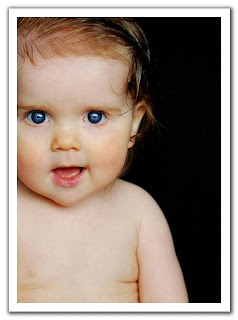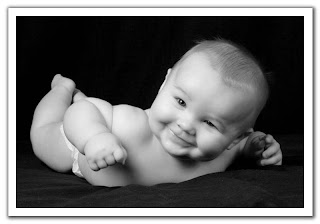
Hand-pulled rickshaws were introduced in India in the early 1920’s from Far East, and they were adopted into the transport system by British colonisers. They have been described everywhere as so poorly designed that running them for a long time is likely to take a heavy toll on the health of the puller. In Kolkata, even in the twenty-first century, the hand-pulled rickshaws have been a matter of interest for all foreign tourists visiting Kolkata. These rickshaws are usually pulled by the migrant workers who just make a meagre living from them. In fact, these poor folks have been living a life of marginalised existence, on the fringes of penury for quite some time. Their plight has been a humanistic concern for long. Hence, their phasing out was evident; the only issue being when and how.
The hand-pulled rickshaw has been immortalised as a living symbol of Kolkata in films like 'City of Joy'. But due to the cause of concern for the well-being of the rickshaw-pullers, which would soon go off its roads with the state government deciding to replace them with other modes of transport. It was in August, 2005, that the West Bengal Chief Minister Buddhadev Bhattacharjee announced that as the hand-pulled rickshaws had long been considered 'inhuman' and that the practice did not exist anywhere else, a policy decision had been taken to take the hand-drawn rickshaw off the roads of Kolkata on humanitarian grounds. The farewell happened gradually, over eighteen months or so, amidst minor roars of protests, and token protests, and lip-service, given in a routine manner, on rehabilitating the poor rickshaw-pullers.
During Kolkata’s monsoon rains, when the streets are regularly flooded, rickshaws have been used widely, even for trips as short as across the street. The rickshaw-wallahs used to be busy during the sweltering months of spring and summer, when walking the streets seems a hellish ordeal. During these times, the Rickshaw Puller’s Union claims that its members earn approximately Rs. 100 per day, though this figure is almost surely exaggerated. I remember several trips down Lake Market, Gariahat, Minto Park, Ballygunge and Southern Avenue on a hand-pulled rickshaw, called 'taana rickshaa' in Bangla. During the cool days of late autum and winter, most rickshaw-wallahs would be seen sitting idle, clanking their dull-timbred bells against the wooden rails of the rickshaws in vain hope of attracting a passenger. Romantic sojourns along dark alleys on these modes of transport were not too uncommon, nor were the stray incidents of the rickshaws turning over, the passengers still firmly ensconced in the seats, while the rickshaw-puller would be seen hanging on to the side-bars, swaying up in the air till help arrived...... the only casualties might just be the hand-held belongings of the passengers. Such sights are now going to be a thing of the past. Scenes from a Kolkata that was.



















